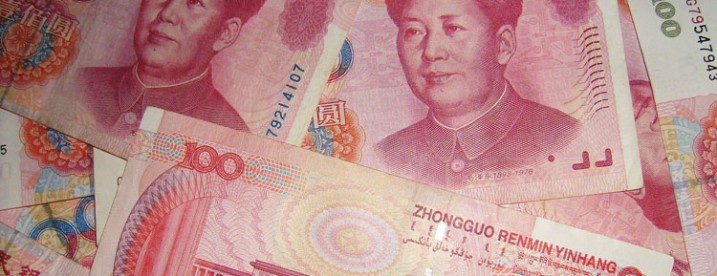By Leon Dawson, March 10, 2025

In recent years, beneficial ownership (BO) transparency has become a global priority in fighting against money laundering (ML), tax evasion, and illicit financial flows. The British Overseas Territories (BOTs) in the Caribbean—Cayman Islands, Montserrat, and Bermuda—have all...
By Leon Dawson, February 10, 2025

Belize has made commendable strides in strengthening its anti-money laundering (AML) and counter-terrorist financing (CFT) framework, as reflected in the Fourth Round Mutual Evaluation Report (MER) of Belize (CFATF, 2025). Compared to its Third Round MER (2011),...
By Clark Gascoigne, September 23, 2014

GFI’s Current Methodology Finds Illicit Outflows from China Totaled US$1.08 Trillion from 2002-2011, Not US$2.83 Trillion from 2005-2011
With the anti-corruption drive underway in China, our estimates of illicit financial flows have been in the news a lot lately. This is for good reason; there is a ton of illicit money gushing out of China.
But, if you have been reading multiple stories on this topic, you might be a little confused about the precise scale of the problem facing China.
Prominent outlets such as the Financial Times, the South China Morning Post, and China Daily, among others, have all reported over the past week that:
“The US-based non-profit group Global Financial Integrity estimates illegal flows out of China amounted to $2.83tn between 2005 and 2011.”
While other major sources such as Businessweek and the Heritage Foundation have stated:
“Between 2002 and 2011, $1.08 trillion of illicit funds were spirited out of China, estimates Washington (D.C.)-based nonprofit Global Financial Integrity.”
These estimates are widely different. Some of these outlets must be incorrect in their reporting, right?
By Dev Kar, August 16, 2010
Illicit Financial Inflows and Illicit Financial Outflows Must Be Added Together in order to Accurately Measure the Adverse Impact of these Flows on Developing Economies, Explains Dr. Dev Kar
Capital flight, in its broadest sense, consists of the cross-border transfer of licit as well as illicit capital. The licit component of capital flight basically consists of short-term capital movements initiated by the private sector. This portion of capital flight arises as a result of private investors’ portfolio decisions in response to interest rate differentials, changes in tax policy, expectations of exchange rate depreciation, and other macroeconomic conditions. In contrast, illegal capital flight or illicit financial flows are intended to disappear from any record in the country of origin, and earnings on the stock of illegal capital outside that country does not normally return. Of late, there has been a transition, from the term illegal capital flight to the term “illicit financial flows” in documents of the United Nations and other multilateral institutions. Illicit money is money that is illegally earned, transferred, or utilized. Somewhere at its origin, movement, or use, the money broke laws and hence it is considered illicit. There is another reason for the change in terminology. While the term capital flight tends to place the onus of curtailing the problem upon the economic or governance problems in developing countries, illicit financial flows sees the transfer as a two-way street where the poor countries generate the flows while the developed world facilitates their absorption.
By Dev Kar, February 18, 2010
A recent study at Global Financial Integrity (GFI) found that illicit financial flows from developing countries (henceforth emerging markets), which grew around 18 percent per annum since 2002 swelled up to US$1 trillion in 2006. While the lack of prudent macroeconomic policies, political instability, and governance issues are major drivers of illicit flows, a subsequent study at GFI found that banking secrecy and lack of regulatory oversight facilitated the absorption of illicit flows in mainly Western financial institutions. Curtailing illicit flows must therefore involve both emerging market as well as developed countries to address the factors responsible for the generation and absorption of illicit funds.



